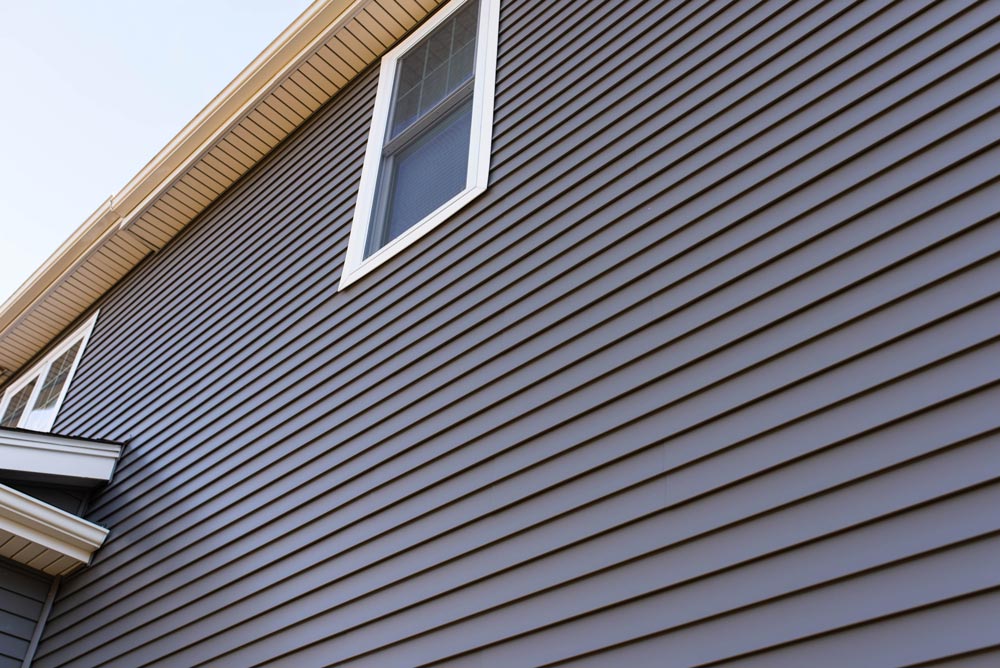Vinyl siding has been a staple in the home improvement industry since the 1950s, providing homeowners with an affordable and long-lasting solution for protecting and beautifying their properties. Over the years, advancements in technology have transformed vinyl siding into a highly customizable and eco-friendly option for homeowners across the country.
Benefits of Vinyl Siding
Vinyl siding offers a myriad of benefits for homeowners, making it a popular choice for both new construction and renovation projects. Some of the key advantages of vinyl siding include:
- Affordability: Vinyl siding costs less than other types of siding materials, saving homeowners thousands of dollars on installation costs.
- Variety of Colors and Styles: With a wide range of colors, textures, and styles available, homeowners can easily find vinyl siding that complements their home’s architectural style and personal preferences.
- Low Maintenance: Unlike wood siding that requires regular painting and sealing, vinyl siding never needs to be repainted or refinished, saving homeowners time and money on maintenance.
- Durability: Vinyl siding is highly durable, resistant to rot, rust, and insect damage, ensuring that your home’s exterior remains beautiful and protected for years to come.
- Energy Efficiency: Insulated vinyl siding can help improve your home’s energy efficiency by reducing heat loss during the winter and heat gain during the summer, leading to lower energy bills and increased comfort year-round.
Installation Process
Installing vinyl siding is a straightforward process that can be completed by experienced professionals. While some homeowners may attempt a DIY installation, it’s recommended to hire a licensed contractor to ensure a proper and professional installation. The installation process typically involves:
- Preparation: Preparing the exterior of your home by removing old siding, repairing any damaged areas, and installing a moisture barrier.
- Installation of Vinyl Panels: Installing vinyl siding panels starting from the bottom and working your way up, ensuring proper alignment and spacing between panels.
- Trim and Accessories: Adding trim pieces and accessories, such as corner posts, window trim, and soffit, to complete the look and ensure a seamless finish.
Maintenance Tips
One of the greatest advantages of vinyl siding is its low maintenance requirements. To keep your vinyl siding looking its best, consider the following maintenance tips:
- Regular Cleaning: Use a garden hose or pressure washer to rinse off dirt, dust, and debris from your vinyl siding.
- Mold and Mildew Prevention: Keep your vinyl siding free of mold and mildew by ensuring proper ventilation and removing any organic matter that may accumulate on the surface.
- Inspect for Damage: Periodically inspect your vinyl siding for signs of damage, such as cracks, dents, or warping, and repair or replace damaged panels as needed.
- Avoid Harsh Chemicals: When cleaning your vinyl siding, avoid using harsh chemicals or abrasive cleaners that may damage the surface or strip away the color.
Environmental Considerations
Vinyl siding is not only a cost-effective and durable option for homeowners but also an environmentally friendly choice. Compared to other siding materials, vinyl siding:
- Produces Less Waste: Vinyl siding production generates less waste than alternative materials like brick or wood.
- Recyclable: Vinyl siding can be recycled at the end of its life cycle, reducing the environmental impact of disposal.
- Energy Efficiency: Insulated vinyl siding can help improve your home’s energy efficiency, reducing your carbon footprint and energy consumption.
Vinyl siding offers homeowners a versatile, durable, and cost-effective solution for enhancing the beauty and protection of their homes. With its wide range of colors and styles, low maintenance requirements, and eco-friendly benefits, vinyl siding remains a top choice for homeowners across the country. Whether you’re building a new home or renovating an existing one, consider vinyl siding as a practical and stylish option for your exterior cladding needs.
